Menu
Exploring the Recent Spike in Philippine Inflation: A Detailed Analysis
- Junnel G
- May 7, 2024
- 7:50 pm
- No Comments
In April 2024, the Philippines witnessed its inflation rate accelerate to 3.8%, marking the highest rate in four months and surpassing the government’s target range of 2.0% to 4.0%. This development represents a consistent uptrend in consumer prices for the third consecutive month, according to data released by the Philippine Statistics Authority (PSA).
Inflation Trends and Economic Impacts
The increase from 3.7% in March to 3.8% in April, while seemingly marginal, is part of a broader trend that reflects significant shifts in the cost of living. This rise is particularly notable compared to the 6.6% inflation rate recorded in April 2023, indicating a fluctuation in economic stability over the past year. The year-to-date inflation rate now stands at 3.3%.
Key Drivers of Inflation
The primary contributors to this inflationary pressure are food and non-alcoholic beverages, which have seen a price increase of 6.0% year-on-year, accounting for 2.3 percentage points of the headline inflation. Other significant factors include:
- Transport costs, which grew by 2.6%, adding 0.2 percentage points to the inflation rate.
- Information and communication expenses, rising by 0.5%, faster than the previous month’s 0.4% increase.
Additionally, the specific spike in food inflation, which constitutes 57.9% of the overall inflation, was mainly driven by the higher prices of vegetables, tubers, plantains, cooking bananas, and pulses, which collectively surged by 4.3%.
Geographical Variations in Inflation
Inflation rates varied significantly across different regions. The National Capital Region (NCR) saw a decrease in inflation from 3.3% to 2.8%, largely due to lower annual increases in housing, water, electricity, gas, and other fuels. Conversely, outside Metro Manila, 13 regions experienced higher inflation rates, highlighting the uneven impact of economic pressures across the country.
The Impact on Lower-Income Households
The inflation rate for the bottom 30% income households was notably higher at 5.2%, up from 4.6% in March and a stark contrast to the 7.4% observed in April 2023. This group felt the most significant impact from the rises in food and non-alcoholic beverage costs (8.1%), transport prices (2.4%), and information and communication (0.8%).
Government and Economic Responses
This continuing rise in inflation has sparked widespread concern among policymakers and the public, as reflected in a nationwide survey conducted in the first quarter of 2024. The survey identified inflation as the most urgent national issue, followed closely by access to affordable food and the need for wage increases.
Looking Ahead
As the Philippine economy grapples with these challenges, the focus remains on balancing growth with inflation control. The government and economic analysts are closely monitoring these trends to implement strategies that could mitigate the impact on the most vulnerable segments of the population while fostering economic stability.
#Top Tags COVID Covid-19 Technology Finance Investing Sustainability Economy

Subscribe to Our Newsletter and get a free pdf:








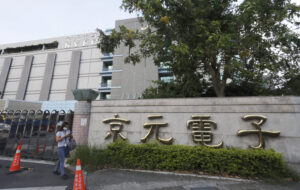

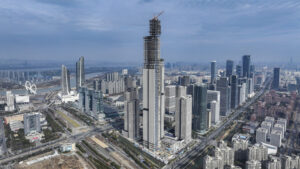
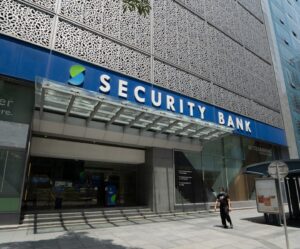
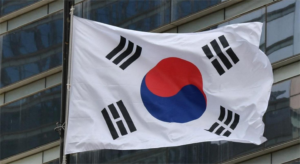

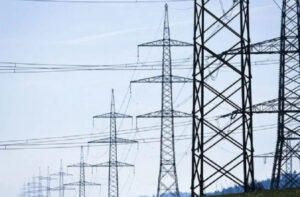






No comment yet, add your voice below!